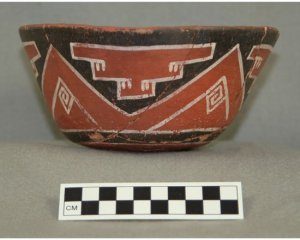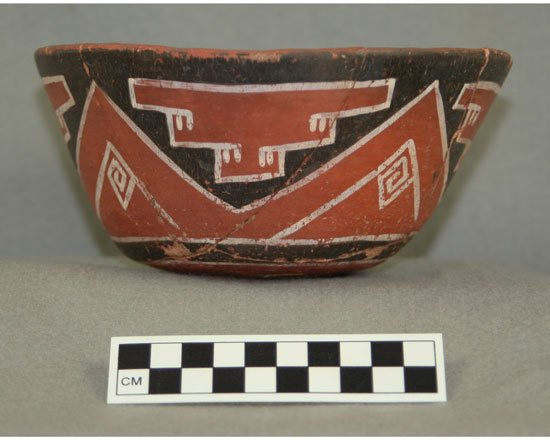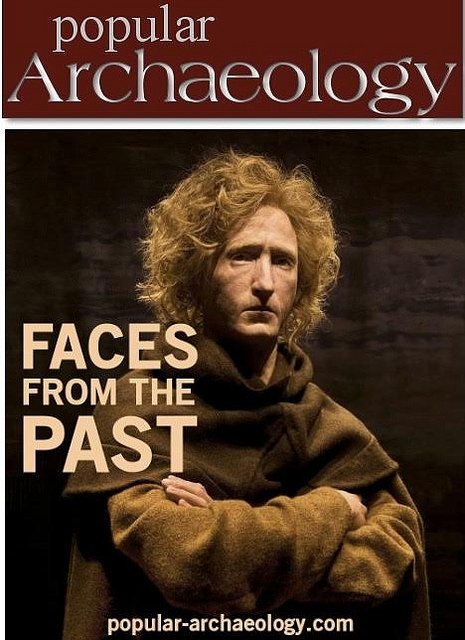
Villagers residing in a swath of land stretching from southern Colorado to northern Chihuahua, Mexico, consumed caffeinated drinks beginning as early as A.D. 750, according to a study. In the years since archaeologists discovered cacao residues in ceramics from Chaco Canyon, New Mexico, researchers have questioned the time depth and geographic extent of cacao exchange between populations in the pre-Hispanic US Southwest/Mexican Northwest and Mesoamerica. Patricia Crown and colleagues used a combination of liquid chromatography and mass spectrometry to analyze organic residues present in 177 ceramic samples recovered from 18 sites in Arizona, Chihuahua, Colorado, and New Mexico. The findings reveal that villagers residing in a swath of land stretching from southern Colorado to northern Chihuahua consumed caffeinated drinks beginning as early as A.D. 750 and extending to at least A.D. 1400. The analysis identified traces of caffeine, theobromine, and theophylline, which are components of stimulant drinks that were most likely concocted from either cacao or holly leaves and twigs. The stimulant drinks were likely consumed during ceremonial occasions rather than on an everyday basis, similar to practices by other North and South American populations during that time. According to the authors, the findings may shed light on relations and trade between geographically distant North American populations.
Details of the study* are published in the Proceedings of the National Academy of Sciences.
_______________________________________
Fourmile Polychrome flowerpot-shaped vessel from Grasshopper Pueblo*.
____________________________________________________
*“Ritual drinks in the pre-Hispanic US Southwest and Mexican Northwest,” by Patricia L. Crown et al., Proceedings of the National Academy of Sciences, 7 September 2015.
____________________________________________________
In addition, the latest Popular Archaeology ebook is now available.
______________________________________________
Travel and learn with Far Horizons.
____________________________________________
 This richly illustrated ebook version of a recent Popular Archaeology issue includes the following stories: The discovery of the tomb of a previously unknown pharaoh that is shedding light on a lost ancient Egyptian dynasty; how genetics is revolutionizing what we know about human evolution and our prehistoric past; one scholar’s controversial ‘New Chronology’ and how it supports the historicity of the biblical Exodus; how archaeologists are unearthing new history in Williamsburg, Virginia, a seat of British colonial power in 18th century America; the discovery of the remains of a major Roman legionary base in Israel; the unearthing of an ancient Judean fortified settlement in the borderlands between the biblical kingdoms of ancient Judah and the Philistines; and how archaeologists are uncovering evidence of what may have been an important administrative center of Judah during the 8th century BCE. Now available from Amazon.com!
This richly illustrated ebook version of a recent Popular Archaeology issue includes the following stories: The discovery of the tomb of a previously unknown pharaoh that is shedding light on a lost ancient Egyptian dynasty; how genetics is revolutionizing what we know about human evolution and our prehistoric past; one scholar’s controversial ‘New Chronology’ and how it supports the historicity of the biblical Exodus; how archaeologists are unearthing new history in Williamsburg, Virginia, a seat of British colonial power in 18th century America; the discovery of the remains of a major Roman legionary base in Israel; the unearthing of an ancient Judean fortified settlement in the borderlands between the biblical kingdoms of ancient Judah and the Philistines; and how archaeologists are uncovering evidence of what may have been an important administrative center of Judah during the 8th century BCE. Now available from Amazon.com!
____________________________________________









